Process – Lean Transformation Framework
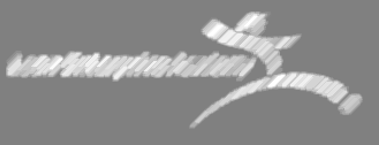
Watch the Teach Point Video on the Process of the Lean Transformation Framework

Key Learning Points – Process
Situational Approach
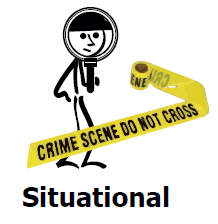
Each organisation, team or individuals circumstances are unique and therefore we need a situational approach to the transformation.
Situational means every application of Lean thinking & Practice is going to be specific and different, as each situation has a different aim or purpose.
Being grounded in a common set of principles yet situational in application provides a rich opportunity for the development of truly profound wisdom.
This is why asking questions and not copying answers from someone else’s approach is fundamental for success. Go, see, study and understand the actual situation at the actual place to decide the best course of action to be taken.
Fractal & For All Levels
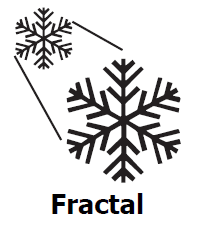
In terms of process, the LTF can be described as fractal, like a snowflake. By this we mean it looks the same whatever level of magnification is chosen. Whatever the situation you are looking at, the questions remain the same regardless of the level.
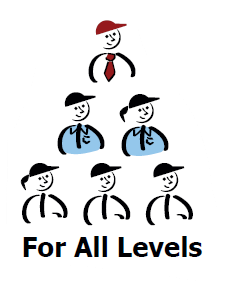
Following on from its fractal nature, the LTF questions therefore apply to all levels of the organisation who are considering to make a change. The same questions apply at all levels. EVERYONE NEEDS to be aligned and ENGAGED in identifying and solving problems that support the value driven purpose.
Challenge & Apply PDCA Systematically
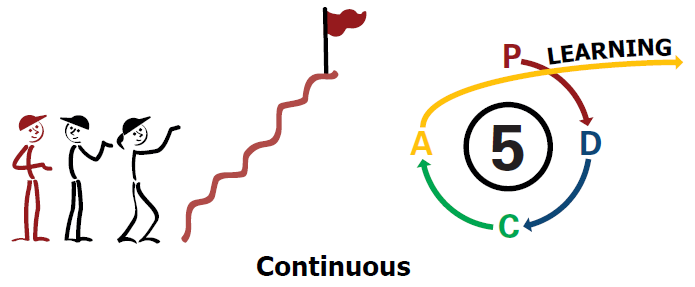
Lean thinking and practice challenges us to reflect deeply on how we can improve a situation.
To be successful we apply Plan-Do-Check-Act (PDCA) cycles of experimentation at every level, everywhere, all the time.
The PDCA cycles provide us with a dynamic approach to transformation in which each organisation creates their own unique approach.
Tackling the five dimensions continually by answering ALL 5 questions is both necessary and sufficient for a successful transformation.
Process for Applying the LTF
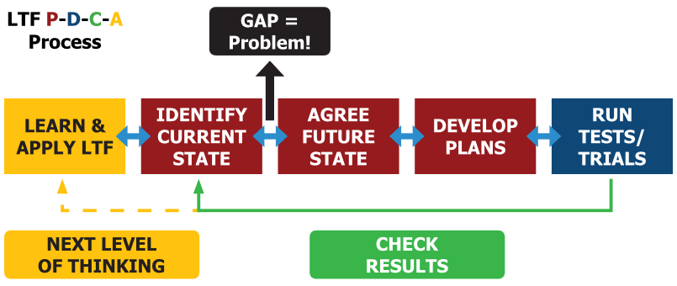
We start by learning about the LTF, thinking about each of the five dimensions, asking each of the five connected questions.
Part of that process involves factually identifying current state, agreeing the next future state and then developing plans. These will include tests or experiments that have been agreed we need to make in an attempt to close the gaps between the current and future state.
The process isn’t always completely linear, hence the two-way arrows between the boxes on the chart. Having run an experiment we then check the results and adjust our approach based upon what we learnt.
Not only does this sometimes result in a new current state from which the cycle starts again, but this “learn by doing” approach, deepens our understanding for the next generation level of thinking.